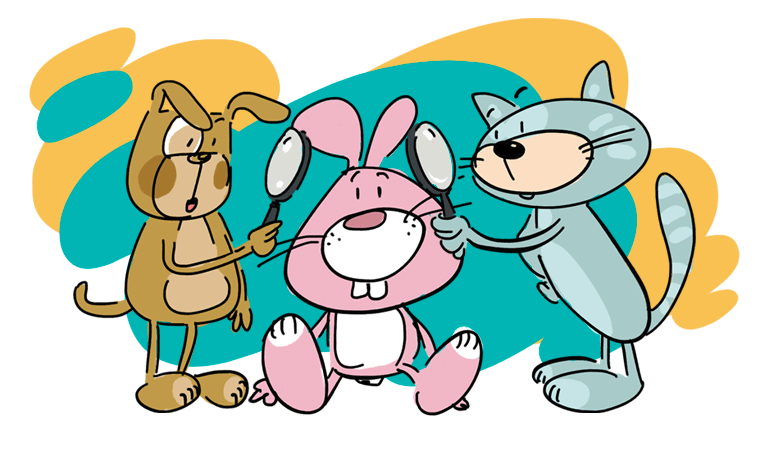Numbers live in the head,
or why the brain likes playing ball and dancing
Goal: provide basic knowledge on brain structure, stimulating an attitude of spending time actively.




Where do numbers live? In the head? But how do they all fit in there? Are they somehow arranged? Does each of them have its room and bed? How to remember which way to write 5 and which way 2?
If this text were to be written by children, the list of questions would probably be longer. However this notwithstanding, almost each of them can be answered by describing how the brain works, i.e. spending a while with neurobiology*.
Let us start with some interesting facts:
- When we are awake, the brain produces so much power that it would light a small bulb.
- The brain does not feel pain.
- A neuron can be several metres long.
- Information in the brain is sent with a speed of approx. 400 km/h.
Seriously now: the brain is made-up of two hemispheres; they are connected and cooperate during every activity. A hemisphere is divided into areas, which are more specialised in performing certain tasks. It is shown in picturelink opens in a new window
Irrespective of the age of the child or even adult, the learning process follows the same rules. Each newly learned information or skill is briefly stored in working memory. Then it moves to long-term memory. If we repeat it, it will be consolidated (the connections between neurons, which make up the brain, become stronger), if not – it will be forgotten (the connections disappear). This is why children need multiple repetitions and students often follow the “memorize, pass, forget” rule. We learn mathematics in the same way. The picture link opens in a new window** shows parts of the brain, which are forced to greater activity when processing numbers.
It is worth noting how many areas are active e.g. when making the simple action of “how much is 2 plus 2”. Based on the drawing above you could suggest a game to the kids. Take an empty brain (template enclosed link opens in a new window) and stick or draw on it answers to the questions:
- when I see a number the hardest-working area is… (brown)
- when I say “one, two, three” the hardest-working area is… (blue)
- when I do not want to count, then the sleeping area is… (pink)
- when I try to write a digit, i must activate… (violet and red)
- when I pretend not to hear that it is late and time to go to bed, then the following area is still working… (orange)
- when I have a problem telling 5 from 2, I must train… (yellow and green)
There are many areas, besides they are on both sides of the head so they have to be connected. The better the connection, the faster the information flows. In order for our connection not to look like a dirt road but like a modern motorway, we must repeat a particular action many times (e.g. write the digit 5). That’s not all. It is also good to improve connections between the hemispheres. We know that the left hemisphere controls the right side of our body, and the right one - the left side. This is why it is so important to do things, which activate both hemispheres and these include playing ball or dancing. It is also good to bring back our memories from childhood and remember the outdoor games we played and loved, when in kindergarten. A Chinese jump rope, a skipping rope, chalk for drawing on the pavement - this is enough to arrange fascinating neural development activities for children.
The idea to extend the list of games is quite simple. Just have a reunion with your backyard friends and refresh memories. You can also reach for books.
From available publications I recommend the following ones:
- “Stare i nowe zabawy podwórkowe” by E. Noga and A. Wasilak,
- “Brulion zabaw podwórkowych dla każdego”,
- “Gry i zabawy z dawnych lat” by K. Piętka.
* Those of you who want to know more are invited to read my book; despite the title it is in fact written using very straightforward language. The title is “Neuropedagogika, neuroedukacja i neurodydaktyka. Fakty i mity” (Neuropedagogy, neuroeducation and neurodidactics. Facts and myths).